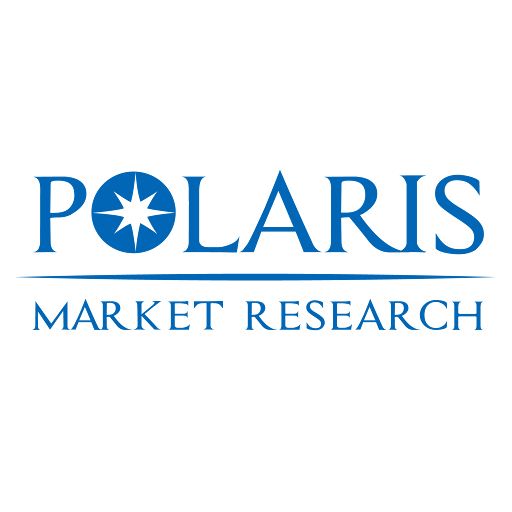In a global medical aesthetics market estimated at USD 17.78 billion in 2024 with projected 12.0 % CAGR, the role of leading country markets and top corporate actors becomes focal. The United States, China, Germany, and other power centers anchor most revenue and innovation, shaping regulatory norms, clinical techniques, and consolidation trends. Insight into national policy impact, R&D leadership, and strategic positioning in these markets reveals which firms will dominate the future.
The U.S. remains the flagship market, widely regarded as the innovation engine, pricing benchmark, and regulatory bellwether. The IMARC estimate of USD 4.1 billion in U.S. medical aesthetics in 2024 is a testament to depth of penetration in non-invasive and aesthetic device domains. Corporations locate major R&D hubs, pilot clinical programs, and regulatory strategy offices in the U.S. Local policy advantages such as 510(k) or de novo device pathways, robust intellectual property protections, and capital markets accessibility give firms headquartered or strongly present in the U.S. a structural edge. In China, vertical growth is accelerating: local device manufacturing, regulatory reform (faster device approvals), and government support for domestic biotech are shaping a credible alternative to imported devices. Chinese aesthetic clinics scale rapidly in Tier-1 and Tier-2 cities, and cross-border M&A, licensing, or partnerships are common pathways for global firms to enter. Germany serves as a European anchor: strong medical device manufacturing traditions, high regulatory credibility, and central geographic position make it a hub for European device exports, clinical validation, and regulatory convergence. National policy impact—such as medical device subsidies, health reimbursement frameworks, or standards for aesthetic clinics—often begins or is tested in Germany before being extended regionally.
At the corporate level, R&D leadership is clustering in a few global firms that maintain deep pipelines in injectables, energy platforms, AI/diagnostic adjuncts, and clinic systems. Market share concentration is intense: a handful dominate device, consumable, and distribution layers. Many are pursuing strategic positioning via acquisitions, vertical integration, or stake investments in clinic chains. For example, in early 2025, L’Oréal acquired stakes in clinics in China and North America to gain direct insight into the medical aesthetics market and support its push into injectables, and it also acquired a 10 % stake in Galderma to strengthen its foothold in aesthetic injectables. That move reflects how consumer goods firms perceive strategic positioning opportunities in the aesthetics ecosystem. Leading device and aesthetic equipment firms, such as those listed below, are also actively expanding global manufacturing bases, localizing assembly or component sourcing, and embedding themselves in national innovation clusters to reduce regulatory friction and logistics cost.
Read More @ https://www.polarismarketresearch.com/industry-analysis/medical-aesthetics-market
Within key countries, strategic behavior varies: in the U.S., firms invest heavily in clinical trial networks, real-world evidence, cross-disciplinary branding (dermatology + aesthetics), and reimbursement advocacy. In China, joint ventures or licensing to local firms reduce up-front capital risk and navigate local rules. In Germany and the EU broadly, device quality standards, conformity with MDR, and cross-border trade frameworks influence where manufacturing hubs are located. National policy impact is especially evident where governments regulate aesthetic clinics (licensure, safety audits, medical supervision) or impose tariffs on imported devices and consumables. In many top markets, governments are developing guidelines or oversight for non-invasive device safety, which increases barriers to entry for new players lacking regulatory depth. Market share concentration is reinforcing: incumbents with deep financial capacity, regulatory track record, and channel penetration (clinics, distributors) can erect high entry barriers.
Taken together, in this market environment of 12.0 % CAGR (per your assumption), the intersection of country dynamics and corporate strategy will dictate winners. Firms that align R&D leadership in country hubs, anticipate national policy shifts, localize manufacturing, and concentrate market share via strategic positioning will outperform. Those unable to navigate country-specific complexity or adapt strategic positioning to local norms risk being sidelined.
Dominant players by market share:
- AbbVie Inc.
- Allergan / Galderma
- Cynosure
- Bausch Health Companies (Solta)
- Alma Lasers / Sisram
More Trending Latest Reports By Polaris Market Research:
Probiotics Dietary Supplements Market
Electric Vehicles Battery Recycling Market
Specialty Super Absorbent Polymer Market
Probiotics Dietary Supplements Market
Biodegradable Packaging Market
Copper Flat Rolled Products Market
Surgical Planning Software Market
